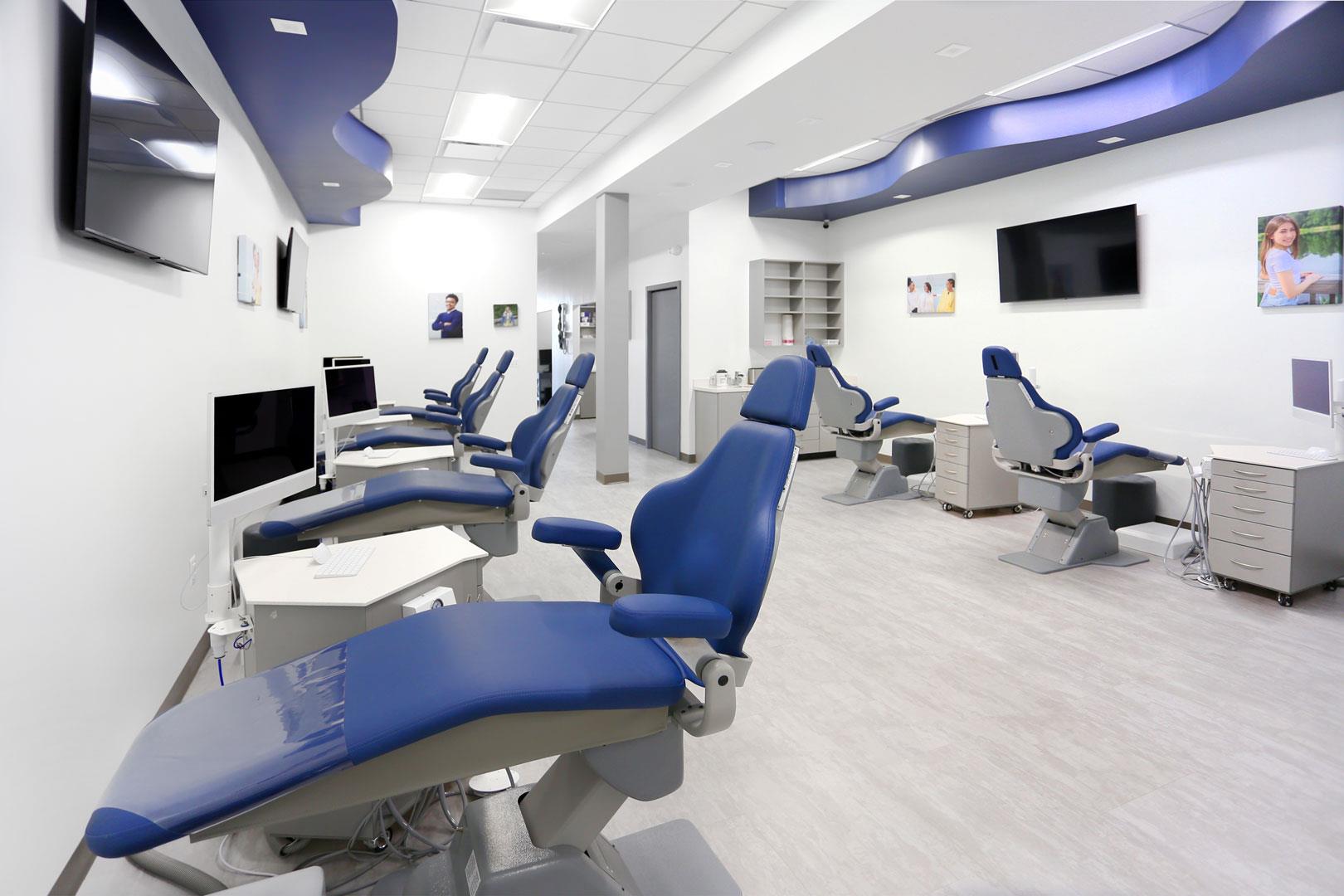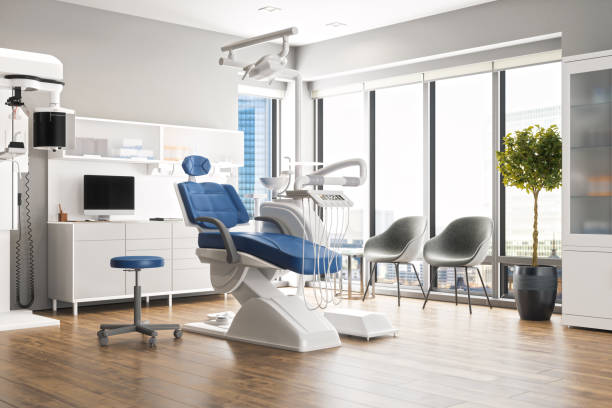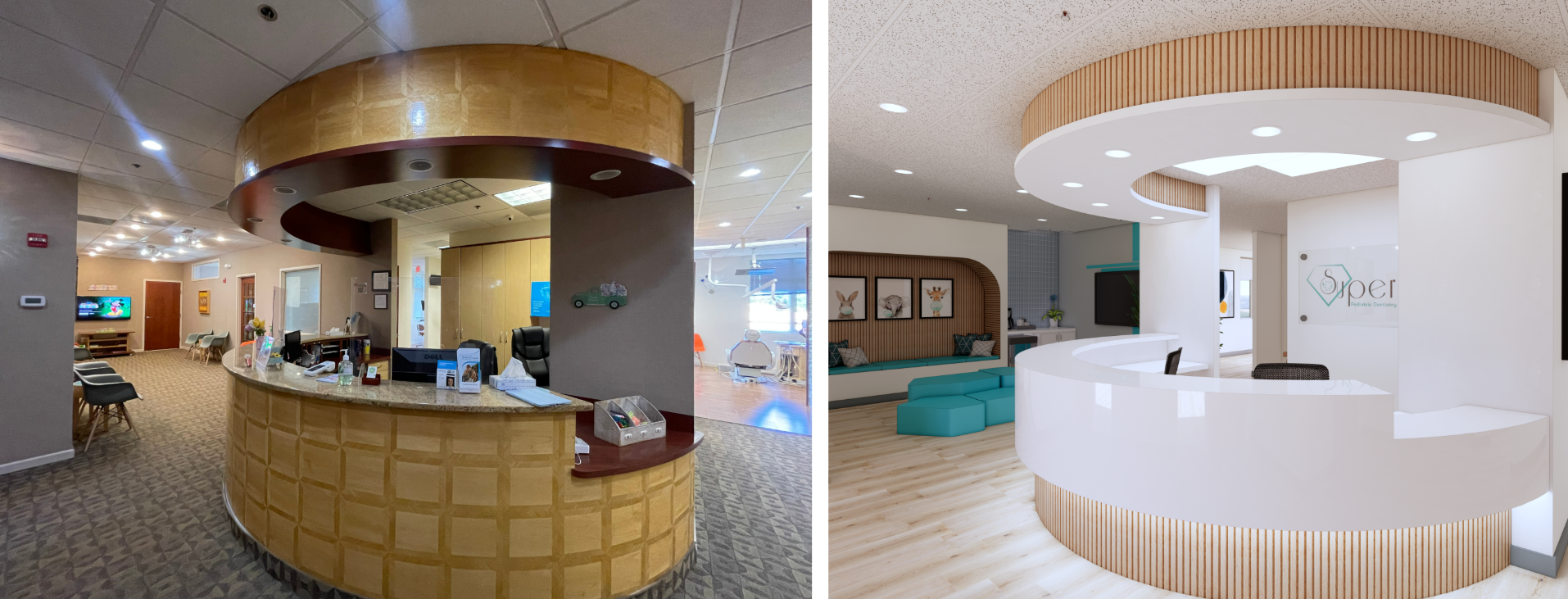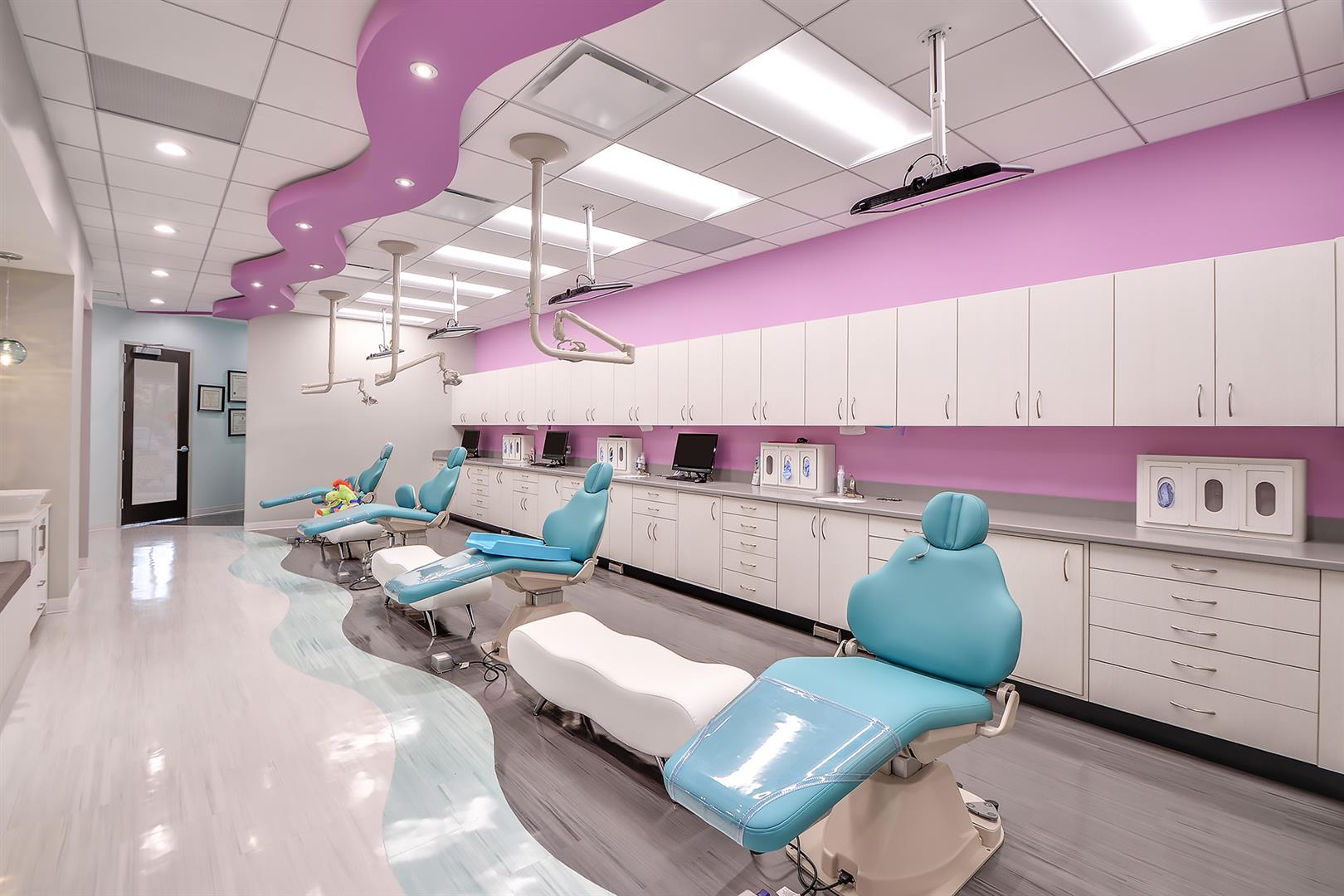Whether you are building a dental office, veterinary clinic, optometry or ophthalmology practice, or a surgical center, your project’s success hinges on one critical factor: the quality of its design.
Understanding What “Design” Really Means
In this context, design is not just about aesthetics. It’s the complete framework that shapes your project—covering appearance, functionality, quality, budget, and practicality.
Design determines how your space looks, how it flows, how durable it is, and how realistically it can be constructed within your budget. Importantly, it also includes the engineering backbone—mechanical, electrical, plumbing, and structural systems—that bring the space to life.
Your design drawings form the infrastructure of your project. They act as the backbone that guides every step of construction, from planning to execution. Without well-thought-out, detailed design documents, even the best contractors will struggle to deliver a smooth, efficient, and cost-effective build-out.
The Problem with “Looks-Only” Design
Too often, people think of design purely in visual terms. They may hire an interior designer to create an aesthetic vision and then rely on the contractor to figure out the rest.
This approach almost always leads to higher costs, more change orders, and construction delays. It’s one thing to sketch out a concept—but an entirely different skill to turn that concept into a fully integrated, buildable plan.
That’s why it’s essential to understand the difference between a conceptual plan and a project design.
A conceptual plan sets the tone and look of your practice. But to get to the finish line, you need a project designer who can:
- Integrate operational workflows
- Coordinate engineering systems
- Produce detailed construction drawings that make the design buildable, practical, and on budget
Six Key Considerations When Choosing a Project Designer
- Knowledge of practice workflow and operations
- Level of detail in design drawings
- Relevant project experience
- Problem-solving and challenge management
- Understanding of construction costs
- Value engineering capabilities
1. Knowledge of Workflow and Operations
Every specialty—dentistry, veterinary medicine, optometry, ophthalmology, or surgery—has its own workflow and operational needs. A great designer doesn’t just know the industry; they take time to understand your practice and how you intend to run it.
That means your designer should listen carefully, ask detailed questions, and challenge assumptions to help you optimize workflow.
When interviewing designers, flip the script and test their knowledge:
- “How do you approach sterilization flow in a general dental office?”
- “How might an orthodontic workflow differ?”
- “What’s essential in a veterinary surgery or boarding setup?”
A strong designer will understand these nuances deeply, not just at the surface level.
2. Level of Detail in Design Drawings
The quality of your drawings directly impacts the quality of your construction. When drawings lack detail, contractors are forced to make assumptions, which leads to mistakes, delays, and costly change orders.
Ask to review drawings from past projects—ideally ones similar to yours—and discuss them in detail:
- “Walk me through what this page represents.”
- “What questions did the contractor still have?”
- “Did the final result match what was drawn?”
A great set of drawings should be more than just layouts—they should be a precise roadmap for construction.
3. Relevant Experience and Lessons Learned
Experience isn’t just about quantity—it’s about what’s been learned along the way.
Ask about timelines, delays, and what factors helped projects finish smoothly:
- “What caused delays on past projects, and how were they resolved?”
- “Why did certain projects move faster than expected?”
Also ask:
- “What can I do as the client to help ensure the process goes smoothly?”
These discussions reveal whether your designer is proactive—anticipating issues and guiding the process—or just reactive.
4. Problem-Solving and Challenge Management
Every project faces obstacles: site limits, code regulations, budgets, or equipment requirements. The goal isn’t to avoid them—it’s to work with a designer who can foresee and handle them effectively.
Ask questions like:
- “Tell me about a challenging project and how you solved it.”
- “Have you had to adjust a client’s vision? How did you handle it?”
- “How do you work around site or infrastructure limitations?”
A proactive designer thinks ahead and challenges you when necessary to prevent costly or impractical decisions.
5. Understanding Construction Costs
A beautiful design means nothing if it can’t be built affordably or efficiently. Your designer must understand construction processes, materials, and costs.
Ask:
- “How do you ensure your designs align with construction reality?”
- “Have you had to value-engineer past projects?”
- “How do you balance aesthetics with durability and workflow?”
A skilled designer identifies potential cost overruns early and offers practical, creative solutions that stay true to your vision.
6. Value Engineering and System Coordination
Value engineering focuses on maximizing results without sacrificing quality. Great designers collaborate with MEP engineers to find efficiencies and prevent system conflicts.
Ask:
- “Can you share examples where value engineering saved money?”
- “How do you coordinate with MEP engineers to avoid conflicts?”
- “How do you identify cost-saving opportunities early in the design phase?”
For complex practices—surgical centers, sterilization rooms, or treatment flows—coordination is key to smooth construction and long-term performance.
Final Thoughts
Choosing the right project designer is one of the most important decisions you’ll make when building or renovating your healthcare practice. The right designer does far more than make your space look good—they act as a strategic partner who turns your vision into a functional, efficient, and cost-effective reality.
A great designer listens carefully, challenges assumptions, and collaborates across disciplines to anticipate issues, optimize workflows, and protect your budget.
By asking the right questions and evaluating a designer’s experience, you can ensure your project runs smoothly—from the first sketch to the final handoff.
By Artin Safarian, President, Arminco Inc.




